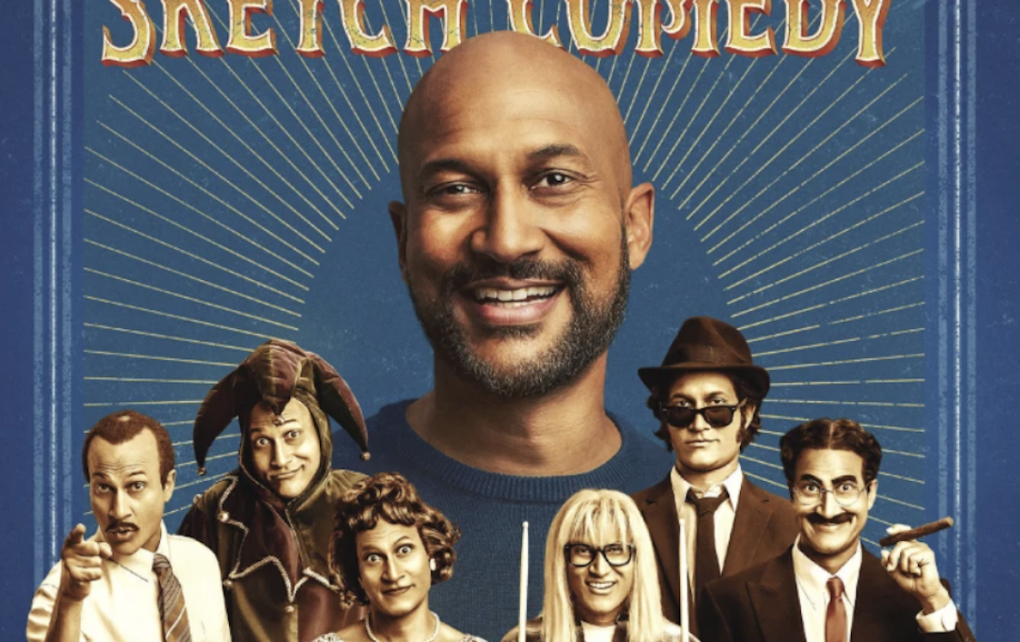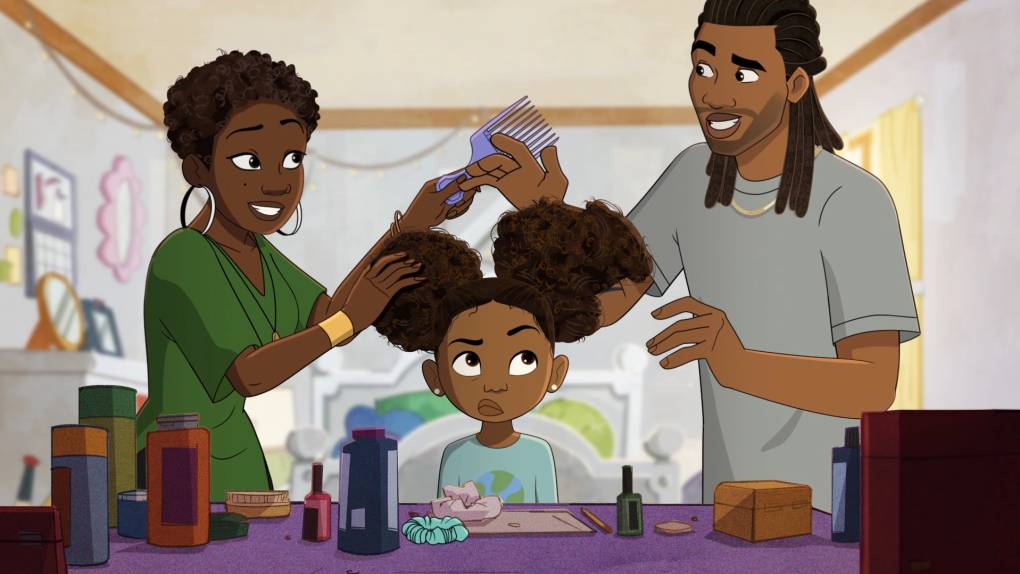For years, Moonlighting, the late-’80s detective/romcom starring Bruce Willis and Cybill Shepherd, has been on a lot of people’s lists of shows that weren’t on streaming and should be on streaming. Well, now it’s on streaming. Specifically, it’s on Hulu. All five seasons are there, from the splashy TV movie that served as the pilot to the fourth and fifth rounds when the show was huffing and puffing and rarely delivering the way it did in the beginning. (Sometimes people say this is because they “got together” as a couple and it ruined the show; this is factually incorrect.)
But oh, those first three seasons. Even back in the 1980s, when network television is often too-simply remembered as having been formulaic and desperately in need of the reinvention cable would bring, Moonlighting was sharp and strange and experimental.



9(MDAxOTAwOTE4MDEyMTkxMDAzNjczZDljZA004))

